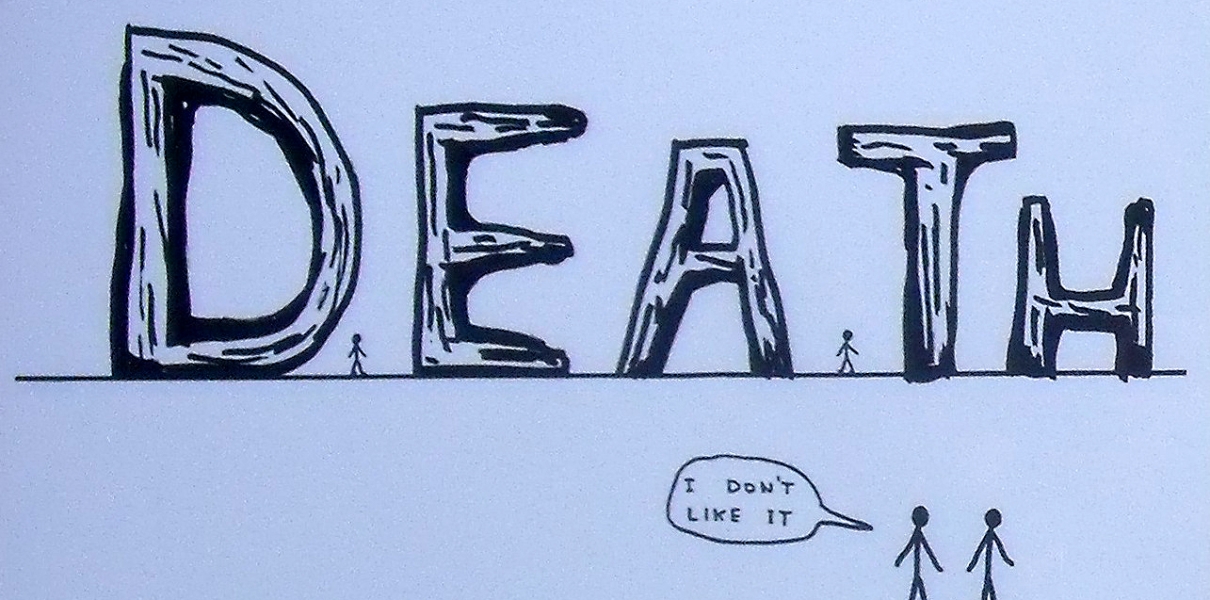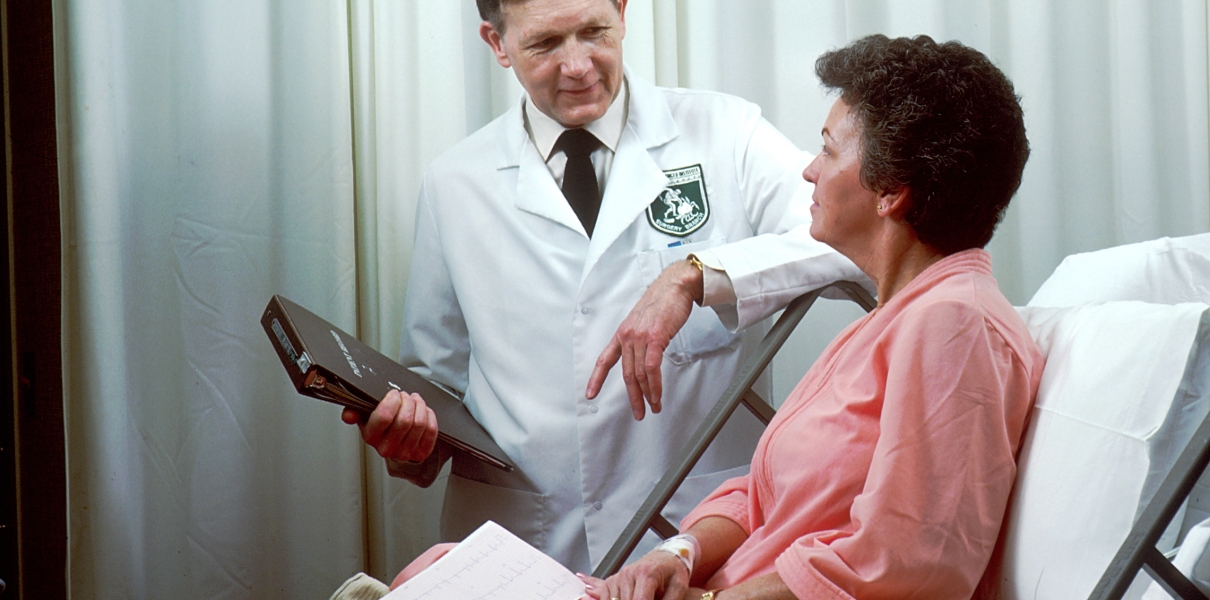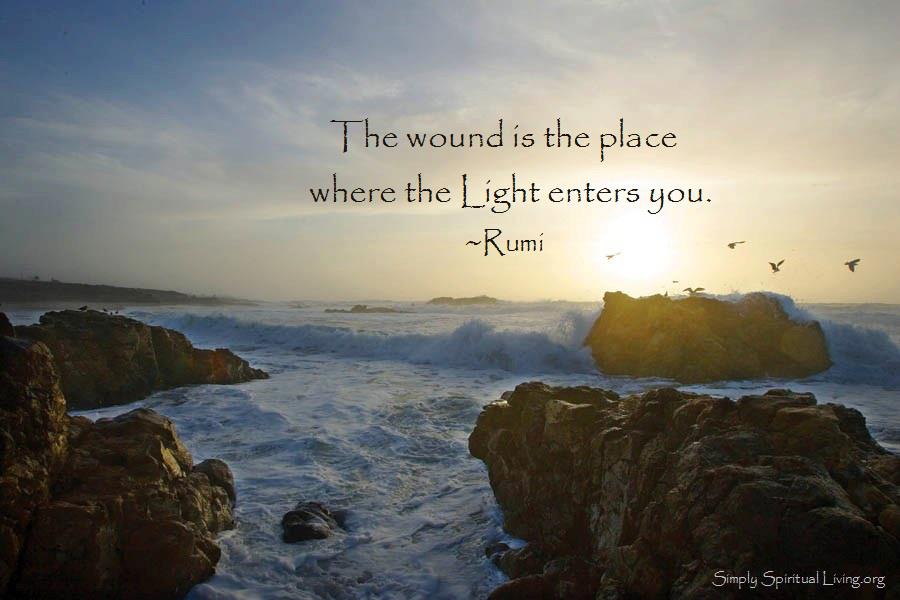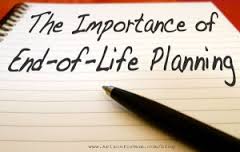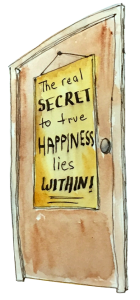We live in a society that has an enormous taboo against thinking about and talking about death. Yet there is a 100 percent probability that each of us will die. For the 80 percent who do not put their affairs in order, their loved ones will pay a very heavy price both financially and emotionally.
Most of us hope and pray that our death will come peacefully during sleep when we are very old. In reality, we never know what day or moment will be our last. According to the United States Census, 10 percent of us die before the age of 60; 45 percent die in our 60s or 70s; and the remaining 45 percent die after the age of 80. The importance of putting our affairs in order obviously escalates as we age, yet one in ten of us will have needed to have our affairs in order before the age of 60. So it is critically important for all adult Americans.
My definition of putting your affairs in order is that at a minimum, all adults need to have two legal documents: a health care proxy and a will or trust. It is best to use the legal forms sanctioned by your state government. Let’s first take a closer look at what these documents are and why they are so important before considering why so many of us fail to execute them.
Healthcare Proxy (aka: Medical Power of Attorney): This legal document appoints someone to make decisions on our behalf regarding our health care in the event that we are either temporarily or permanently unable to speak for ourselves. With all the advances in modern medicine, decisions regarding such things as resuscitation, feeding tubes and Hospice care make it increasingly important for us to thoughtfully consider our hypothetical options in advance of need. We need to consider the circumstances under which these decisions might be needed — for example, the resuscitation of an 18-year-old at the site of a car accident versus a 94 year old in a nursing home. It is imperative that we discuss our beliefs and preferences with the person we appoint as our health care proxy. Some people also document their specific wishes in a Living Will (aka: Advance Healthcare Directives). The appointment of your health care proxy is legally more important than filling out a Living Will as your proxy will be your spokesperson in the event of need.
In the absence of a health care proxy to serve as your spokesperson, many physicians view the death of a patient as a professional failure rather than a natural end to life. Therefore, it is not uncommon for them to err on the side of too much poking and prodding to avoid any opportunity for a lawsuit claiming that they did not do everything possible to save one’s life. This happens despite the fact that repeated studies have shown that increased medical interventions at life’s end have not reduced mortality rates, but have only prolonged the dying process.
A Last Will and Testament or Trust: Wills and Trusts are legal tools that allow us to plan ahead for the disposition of our possessions according to our expressed wishes taking into account the impact of taxes. Very simply, the terms of a will or trust dictate the disposition of one’s property.
Many people think wills and trusts are only for the wealthy. Not so. They are for the smart, regardless of the modesty or magnitude of one’s material and financial wealth. If you have no will, you have no voice or choice. Regardless of how much or how little you have, death in the absence of a will means that state law will direct the disposition of your property.
Some people tell themselves they do not need a will because everyone already knows who is to get what. But, this is an example of why I say wills are for smart people! While your loved ones might know your wishes, unless you have a will, they don’t have the legal authority to distribute your property! A will not only expresses your wishes but grants the authority to enforce those wishes. We have all heard horror stories of families torn apart over who gets Auntie Dorothy’s filigreed vase. Therefore, instead of tempting fate with the possibility of your family members jockeying for position over the disposition of your assets, it is wise to spell out your wishes in a will or trust.
So the question remains: why isn’t it the norm rather than the exception for people to put their affairs in order? The answer is quite simply fear, overwhelm, discomfort and superstition — not very good reasons for failing to execute such critically important documents.
The top five excuses and secret fears for not putting one’s affairs in order:
1. If I put my affairs in order, then I will die very soon.
Not true! There is absolutely no connection. This is simply an irrational fear.
2. I’ll do it later. I’m too busy. Or, I’m young, and therefore have plenty of time.
How much time you have is not in your control.
3. It is all too much. I don’t know where to start. I’m overwhelmed.
Just do it! The risk involved in not having these documents is just too high!
4. It’s too creepy to deal with this stuff.
It’s creepy to change a baby’s diaper, but you do it anyway!
5. It’s too expensive. I can’t afford the legal expense right now.
It will be far more expensive both financially and legally for your loved ones if you don’t get this done and you forfeit the right to direct your own affairs.
If you would like to know more about me and my work, please explore my website here.
Also, if you know anyone who might get value from this article please email or retweet it or share it on Facebook.


